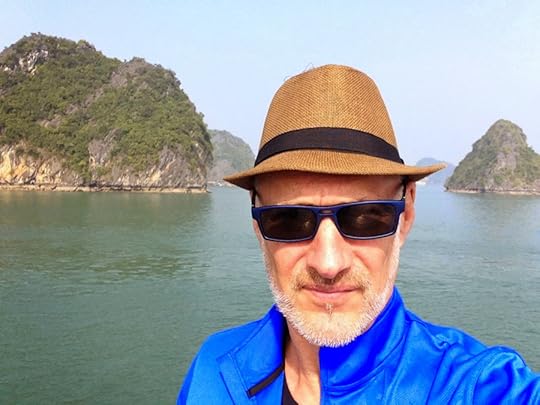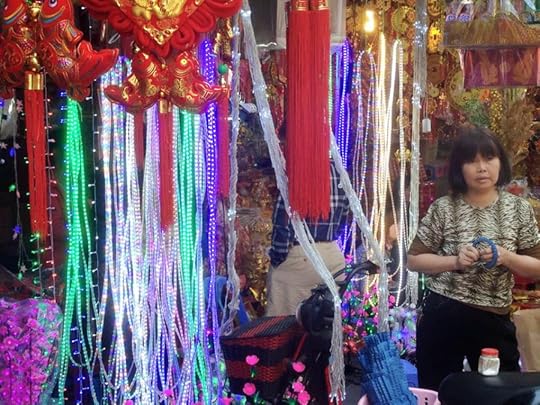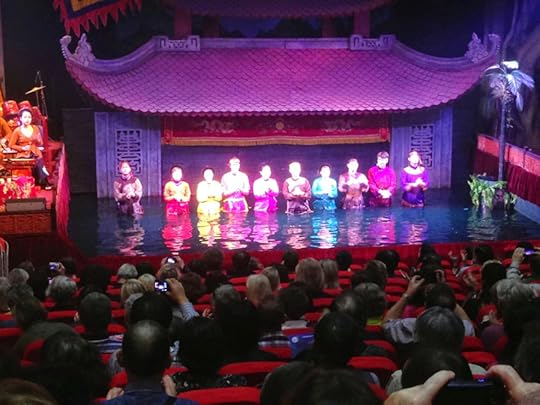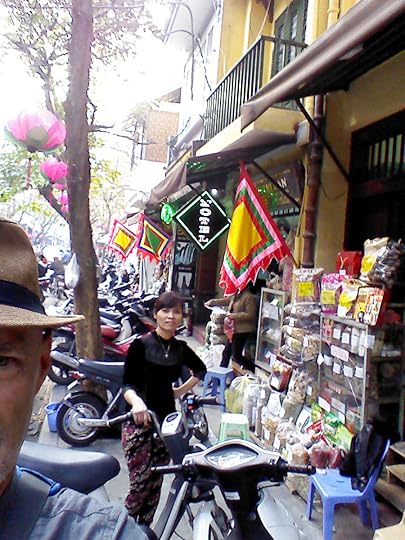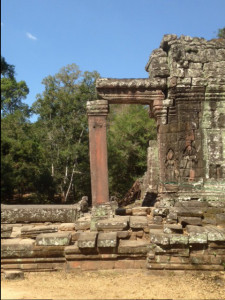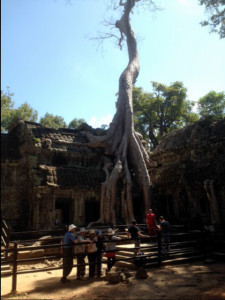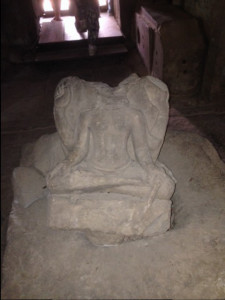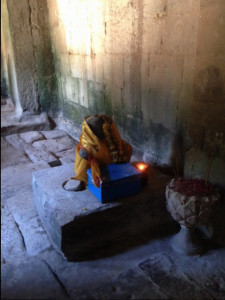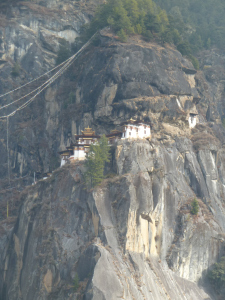Alan Lessik's Blog, page 6
January 26, 2015
Back to Comparisons
The question of zen is what now? Not what’s next as in I’m bored now what do I do, but what occurs next in our perceptions of life around us.
What now is the recognition that in any moment, however one subdivides that into seconds or milliseconds, until we die there is something next. It might seem as if the last what now is the same as the next what now but scientifically and existentially that cannot be true. Our mind likes to make it all the same in order to simplify its work yet that does not change reality.
Each moment is different. If zen has a job, it is to notice that. And if it had job requirements, the only one would be not hold on to what one notices in one moment and to move on to the next. And if there was a job description, the requirements and the objectives would be the same. No bliss, no enlightenment, no objectives, just noticing/feeling/experiencing.
And the job location would be universal as in requiring one to do this no matter what else one is doing, like travelling around parts of the Asia or sitting at a desk at work.
My experiment with no comparisons on this trip brought up more issues than I imagined. The original inspiration for the experiment was a story my friend Chris told of a Japanese zen student that he met who would not compare the food at home to the food prepared where he was living in the US. The idea that each experience was its own to be not repeated and essentially different from the next meant that comparing two different meals was really comparing (as they say) apples and oranges. A meal is not a meal is not a meal.
The easier conceptual part was to try not to say x is like y. (Please ignore the comparison in the second word.) Recognizing that many of the adjectives we use are about comparison, like easier, added a new struggle. Finally trying to eliminate time comparisons like the one that started thus sentence or even harder (see they pop up everywhere like rabbits oops another) like last and next seems well impossible unless I narrate my experience in simple present tense in spontaneous writing that describes/states the qualities of that moment without boundaries.
I hope you get the idea.
In spite of the language inadequacies of describing this experiment, there are things I learned.
Comparing things makes me feel like I know what the new things is even when I don’t. The mind creates an idea of comfort when it thinks that one experience is like another whether it was seconds ago or years ago.
Comparing when traveling can turn a unique experience into a repeat of a previous one, at least mentally. Trying to make my experience clambering about Angkor Wat the same or different than when I clambered about Tulum or the Mayan ruins in Honduras was really not what I intended to do, yet that is exactly what my brain tried to do.
Comparisons cause me to stop experiencing what is going on now. And in doing so I miss things from the now. Or do not notice the things that allow me to lose my phone or hat. Comparison make me to lose what is happening now because I am caught in a vision created in my mind of the past.
I notice the sloppiness of language a bit more. What does it mean to say I had a great trip? What does that convey in terms of accuracy, memory or what I felt at a particular time? Nothing. So I have tried to say fulfilling, interesting, challenging and any other ing that come to mind.
I also notice my desire for the best which is perhaps the ultimate comparison, the great bright comparison, the supreme comparison, the incomparable comparison to paraphrase and mutilate the Heart of Great Perfect Wisdom Sutra. Seeking the best automatically eliminates or degrades what is not the best which in the seeking process means about everything. The best denies all that came before and sets up the situation when it become superseded afterwards. The best is never.
I have experienced enough in life to know the best does not last long and accumulating bests does little. Best lists have really short shelf lives. And they create desire to repeat the best (not possible for any number of reasons including the obvious that it wouldn’t be best.) They also create desire for holding on to physical items and experiences. And perhaps desire to be someone else who has that best thing/experience.
All of this said, Suzuki Roshi often used the phrase in his dharma talks, “The most important thing is…” And each dharma talk would have a different most important thing. What I understand him to be saying is, at this moment, the most important thing is…And at this moment the most important thing is…
What now, what now, what now.
I can’t compare my comparison experiment with anything I have ever done before. Hmmm…Can you?


January 20, 2015
What Happens in Halong Bay, Stays in Halong Bay
Impermanence update. IPhone on the bottom of Halong Bay.
Causes and conditions update. Kayak with a small leak causes wet conditions in my shorts; wet shorts cause me to take out my iPhone and camera from wet pockets and places it under my life jacket. Wet conditions also temporarily (as though everything could not be temporary) cause said iPhone to stop functioning. Non-functioning iPhone releases me from photo demands and desires.

Sun, warmth, vistas of the Halong Bay islands from kayak level cause attention to focus on kayaking the moment and the feeling of Halongbayness.
Halongbayness creates dawdling, bird watching, cave and cove lookingatness, which increases Halongbayness.

Floating up to our boat creates awareness of loss of the time on the Bay. Loss creates non-attention to iPhone and camera in vest. Standing up to leave the kayak and board the boat creates the conditions for the tight life jacket to decompress to allow gravity to reassert itself in relation to the iPhone and fall with a clank against the kayak. The exact angle of fall and deflection causes the iPhone to fall in the Bay causing loss of moment to become loss of object.
Mythical tale update. A victorious emperor in the 15th century Le Loi is boating around a lake in the city of what would become Hanoi. He has a magical golden sword as kings often do in such circumstances. A giant turtle, also golden, rises up from the depths and takes the sword to restore it to its divine owners and brings it to the bottom off the lake. A temple was built to commemorate the event.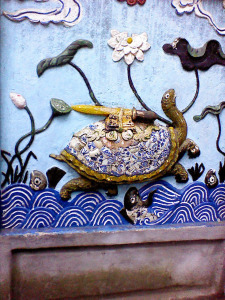
A thousand years later and 130 kilometers away in a tourist is kayaking around a bay which recently became a UNESCO World Heritage Site.
He has an iPhone as tourists often do in such circumstances. He images the giant turtle rising from the depths to offer him a golden sword. It’s a great story but instead the turtle claims his iPhone.
No one offers to dive in after it. No temp!e is built. After being annoyed by said iPhone ands it devious Appleness which causes incompatibility with all in the universe that is non-apple, the tourist resolves to end his annoyance. The turtle utilizes the great 3G service even in Halong Bay and the unlimited data plan for the rest of the month that was purchased for 240 ,000 dong or about $11 USD and catches up on the last available season of Orange is the New Black.
Meanwhile Halong Bay and its 2000+ islands continue to fade in and out of the mists, to lift by tectonic forces out of the sea, to erode into shapes rarely found in nature, and to inspire visions long after the disappearance of photographic devices. The real nature of impermanence is revealed.


January 18, 2015
Zen and the Art of Street Walking in Hanoi
To cross a street in Hanoi, one must simultaneously heighten one’s perception while lowering one’s reactivity. One must be aware of the flow as well as the spaces within. If there is a human experience of the quantum physics conundrum of the duality of light existing as individual particles while a constant unified wave flow, Hanoi street crossing may be the closest.
The streets are filled with motor scooters with a few cars and buses, approximately 4 million of them for a population of about 7 million. The scooters virtually never stop and move at about 15 to 20 km/hour. Not fast but moving.
They are the wave never stopping, never ending. Yet there are at the same time individuals seemingly powering individual scooters making decisions on their own.
Enter the street crosser with the objective on getting to the other side to go to the cafe with the tiny small seats on the edge of the street to have a drink.
The tried and true process is to look to the left to ascertain that no cars or buses are immediately coming because they do not participate in the laws of quantum physics. They just run you over and unlike Shrodinger’s cat who was either dead or alive depending on how you looked at it and when (a famous thought experiment on particle and wave theory) , run ins with cars and buses operate on plain physics where mass and speed lead to injury or death.
Scooters operate in the quantum world so all the walker needs to do is to walk into the flow. Without paying attention (because attention will make you react and reaction will disrupt the delicate balance of existence of that moment) , the walker calmly, steadily and with his/her eyes on the intended cafe, walks into the flow until s/he is on the other side.
With the first step, the flow of scooters instantly become transformed into individual particles with space between them that was was imperceptible seconds before. They expand and contract around the walker, leaving the exact amount of space for the walker to take the right amount of steps. In my particular experience, I feel the movement of the scooters slowing down in my mind so my body briefly can occupy the space between them yet moving on to close the gap again while opening a new one. If I wasn’t not doing comparisons, I would suggest thinking of the bullet scenes in the Matrix.
In that moment, I feel everything aligned to carry me across. My mind is empty except for crossingness as my being. And I reach the cafe with both a heightened desire for a mocha and a heightened awareness of what it is to cross a street and live and celebrate living and breathing as it occurred.
Now roaming through Hanoi’s old quarter, I got to practice this over and over. Each time aware of my movement without particular awareness of what was around me except scooterness.
Why was I subjecting myself to this non-cat, non-thought experiment?
To see a street filled with store after store sewing confectionary
Or hardware
Or the Jewish Hello Kitty shop
Or a street filled with day glow fluorescent paper liters and products to celebrate Tet, the upcoming New Year;
Or a street where all stores sell spices;
Or a street where tin goods are made, or bamboo products are made or wood products built;
Or will silk is sold, shoes are sold, toys are sold, jewelry is sold.
Well you get the idea. If there is a product line, there is a street in the old quarter.
Tomorrow, I will search for the camera fixing street which might allow me to post more pictures.


January 10, 2015
Where Have All the Buddha Heads Gone (in Angkor Wat?)
Impermanence, that was the word that kept coming to me yesterday and today roaming the temples of Angkor Wat, Angkor Thom and a host of smaller temples (already impermanent to my memory.)
Angkor Thom, meaning Great City, had a population of over one million in the 1200s, making it the largest city in the world at the time if those numbers are true. There’s no one around to verify this statement. Impermanence.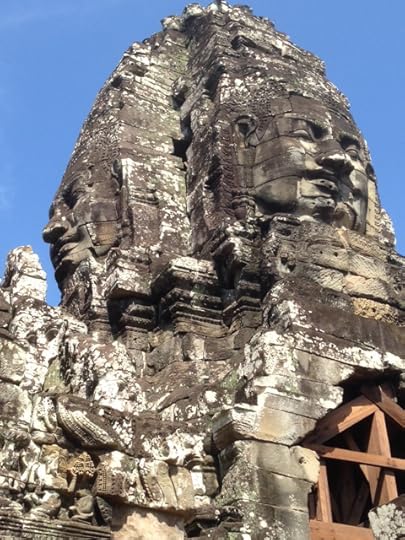
Now it is a UNESCO heritage site where virtually no one lives.
Did the King Jayavarman who died 12 years after he became king and never saw most of what he wrought expect this city to survive until 2015?
The earth moves under pressure minutely, seemingly unmeasurable until you can measure it.
And structures need to be supported.
Time and weather slowly eat away at the carvings.
Trees and plants do their part of changing the man-made to plant and man-made.
The indestructible and solid collapse under their own weight.
The guardians at the portals themselves end up missing.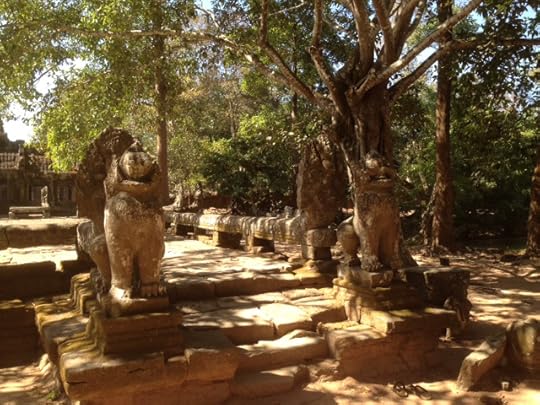
And then there are the missing Buddha heads.
There are virtually no original Buddha heads in the entire complex of temples. They managed to stay with their bodies despite religious changes and wars for a thousand or more years until the 1990s. This part is within our memory. How could anyone explain to Jayavarman that a group of men called the Khmer Rouge would take over a country, kill half of its population and when it was on the run in defeat, would cut off Buddha heads. While ideology might have been part of the decapitations, apparently the main reason was that the Buddha heads were worth money. Hundreds if not thousands of heads and some times whole statues and other antiquities were stolen and sold to buy arms.
Buddhas heads for arms? Avalokitshvara, the thousand armed version of Buddha is a representation of Buddha saving all beings. Each hand has an eye to see all that are suffering.
How many Buddhas does it take to arm a terrorist? How much ivory or oil are we willing to buy to support those that wage death?
How long will we remember each desecration, each death, each indignity humans foist on each other? Charley used to be the nickname for the Viet Cong which Americans learned to kill. Now Charlie represents death in a new form with new killers and new killed.
Impermanence. Each minute, each day a new tragedy to engage us. But this is less about impermanence than it is about the five poisons. Remember them? Anger, hatred, jealousy, lust and greed. And let me add a sixth–fear. Personal tragedies bring trauma. Community tragedies can do the same. And now world events mediated through media can bring trauma on a daily basis and we become desensitized to it. Not immune to it but desensitized. We stop feeling. We become Trayvon; Je suis Charlie; We can’t breathe.
But we can breathe and do. And breathing will go on until we die and it stops. It was not until I experienced the death of the person I held most dearly, did I begin to let in the inevitability of my own death and the possibility of living with the understanding of death. And that let me out of the trauma of denial and clinging to the six poisons. It let me breathe more deeply the pains and joys of life. It allowed me to take the Bodhisattva vow to save all beings, understanding there are no beings apart from the connected one being of which we are all part. It allows me to see and feel the horror that our communal being can bring without taking on the trauma, the hopelessness, and the hated. Not perfectly, but imperfectly as all human beings manage.
Impermanence. Ironically, it will always be there.


January 7, 2015
You Can’t Take the Buddha Out of the Bhutanese
Buddha is big here, obviously, super big. So big that the world’s largest Buddha statue is being constructed on a hillside over looking Thimphu.
But that is not what I mean about being big.
I mean big as imbued in people’s lives at all levels.
Officially Buddhist temples and the religious hierarchy are part of all governing life. As I mentioned earlier the administrative and theocratic are shared in the dzongs and on the national level. The monarchy is imbued and supported by both.
The famous Bhutanese Gross National Happiness indicator with its four principals–sustainable economic-social development, conservation of the environment, cultural conservation and good governance–have been likened to the Buddhist story of the four friends, the elephant, the monkey, the rabbit and the bird each stacked upon each other to get the fruit of the trees they together had previously planted and nurtured.
The GNH is underlied by Buddhist ethics according to the previous king and the goals are designed to save all beings and support meditation and Buddhist practice by all.
There are little things, like highways often have signs that just say “Thanks” for nothing in particular.
And bigger things like the banning of smoking, trying to maintain carbon neutrality and not allowing advertising.
On a community level, one notices prayer wheels, the 8 spoked wheel of dharma and other symbols everywhere. The daily life incorporation of the dharma (teachings) and not the construction of temples and shrines is the focus.
Going to shrines on certain days
and making the trek up to the Tiger’s Nest are part of this practice.
However, neither of these let’s one off the hook for daily practice.
It is in people’s behavior that one notices a certain, undescribable level of ethical behavior. Except for a squalling baby getting a cold bath that we watched, I heard no yelling or screaming in the 9 days we were here. The animals we saw, dogs, horses, cows, yaks were treated with kindness or at least absence of violence. They knew that humans even in cars would not hurt them and were either unmoved by car traffic or slowly and minimally adjusted themselves. The same held true for humans in roadways. They trusted that they would not get hit (unlike me as I walked down roads.)
I saw no road rage. The horn was used to question or warn that you were about to pass and the right blinker a sign that the way ahead was clear to pass. Bus and truck drivers drove no differently.
Seeing a truck with “Thanks” written on the back always brought a smile to me and eased the way down the road.
I don’t think people here are inherently different, they just have a religious-ethical-moral framework holding them through life. Yes, I did see kids playing with toy guns shooting pellets at the Trongsa Festival and at least once there a clown overstepped boundaries in trying to get a young woman to participate and a young monk stepped in.
I was not expecting to have this experience in Bhutan to affect my own practice. It has in all of the little and big ways. Mainly it has given me a vision of how my life in my community can be different.
Let’s see how that unfurls.
And I know the boots may be the linchpin to happiness.



